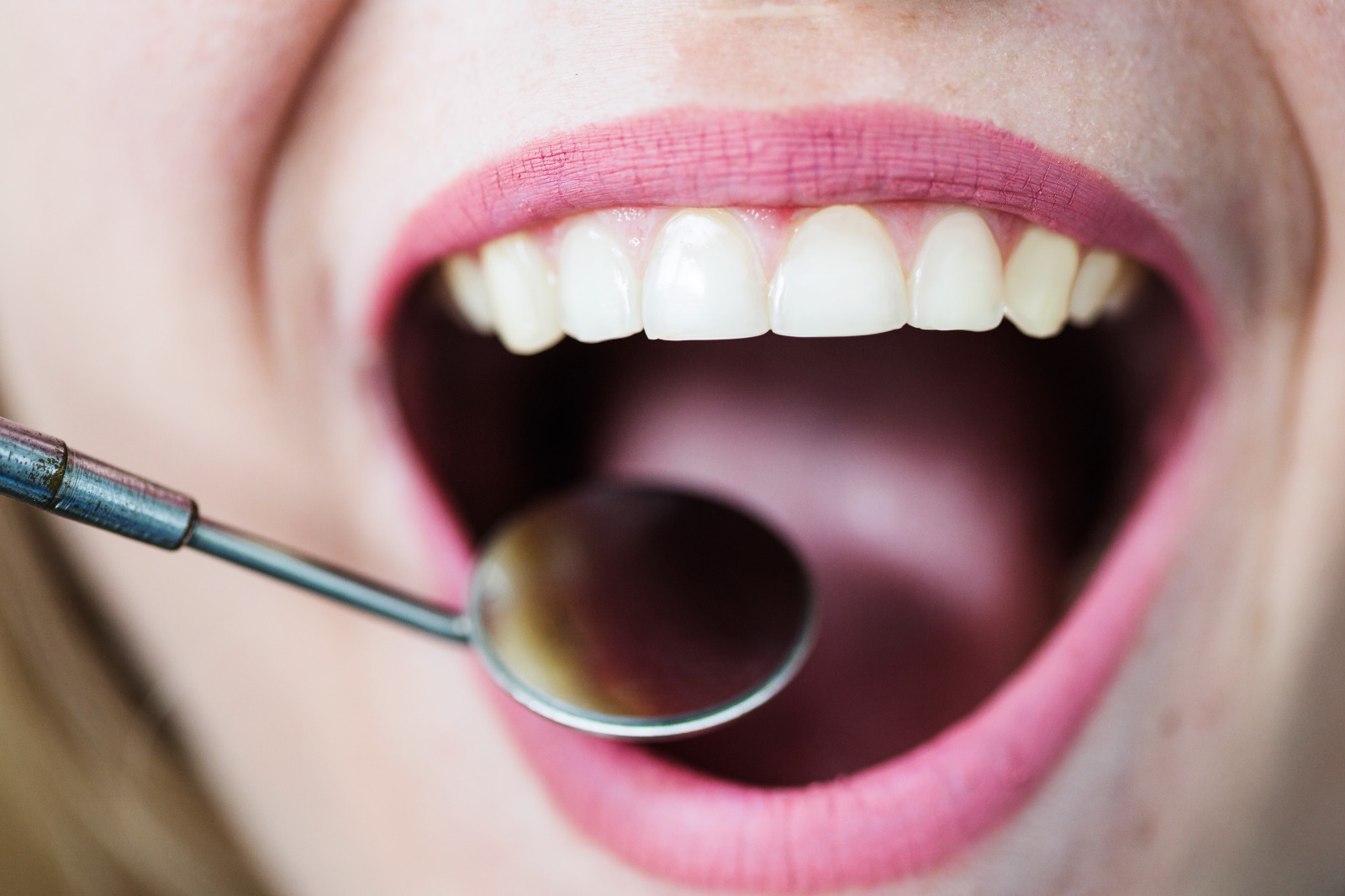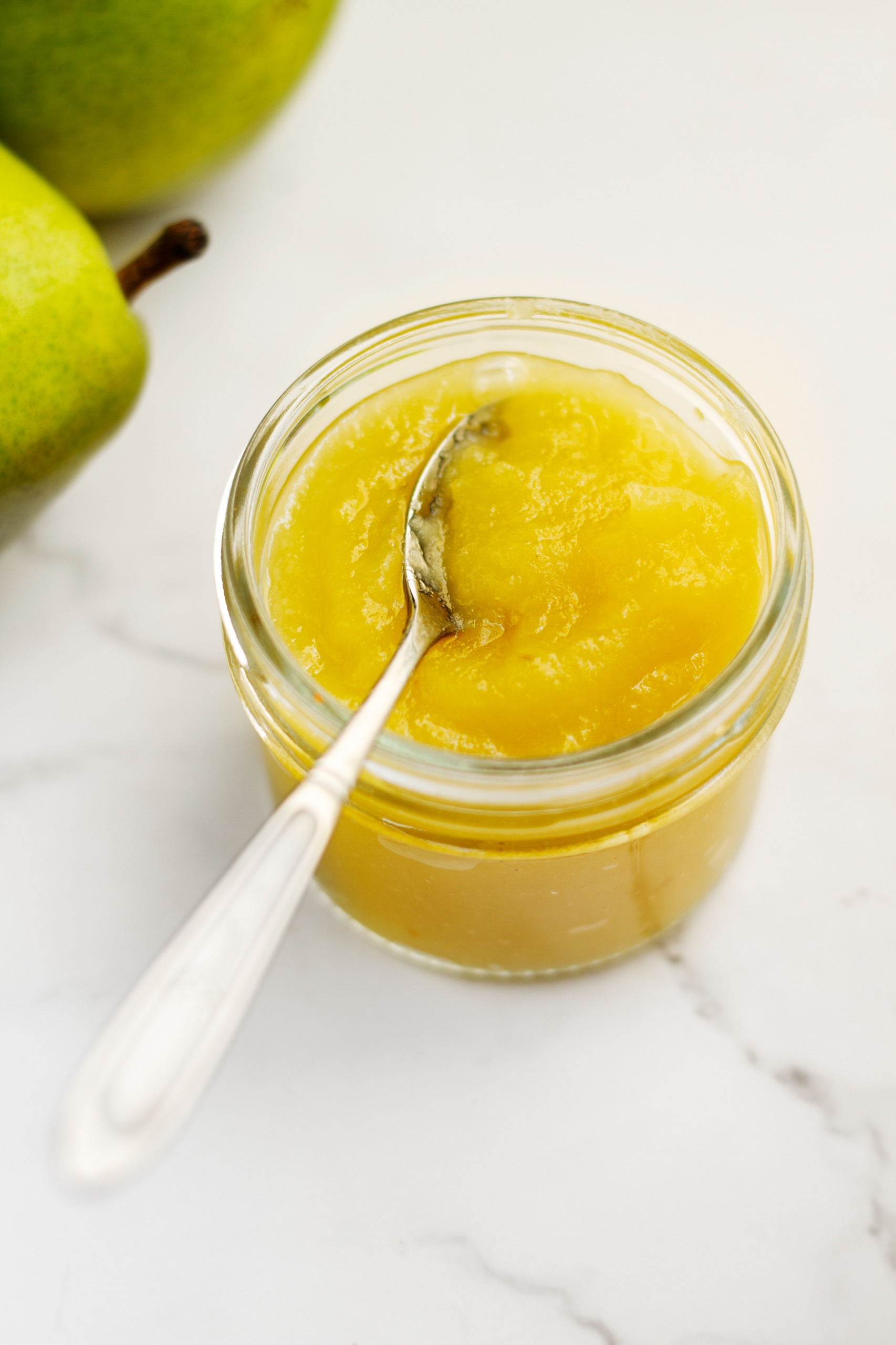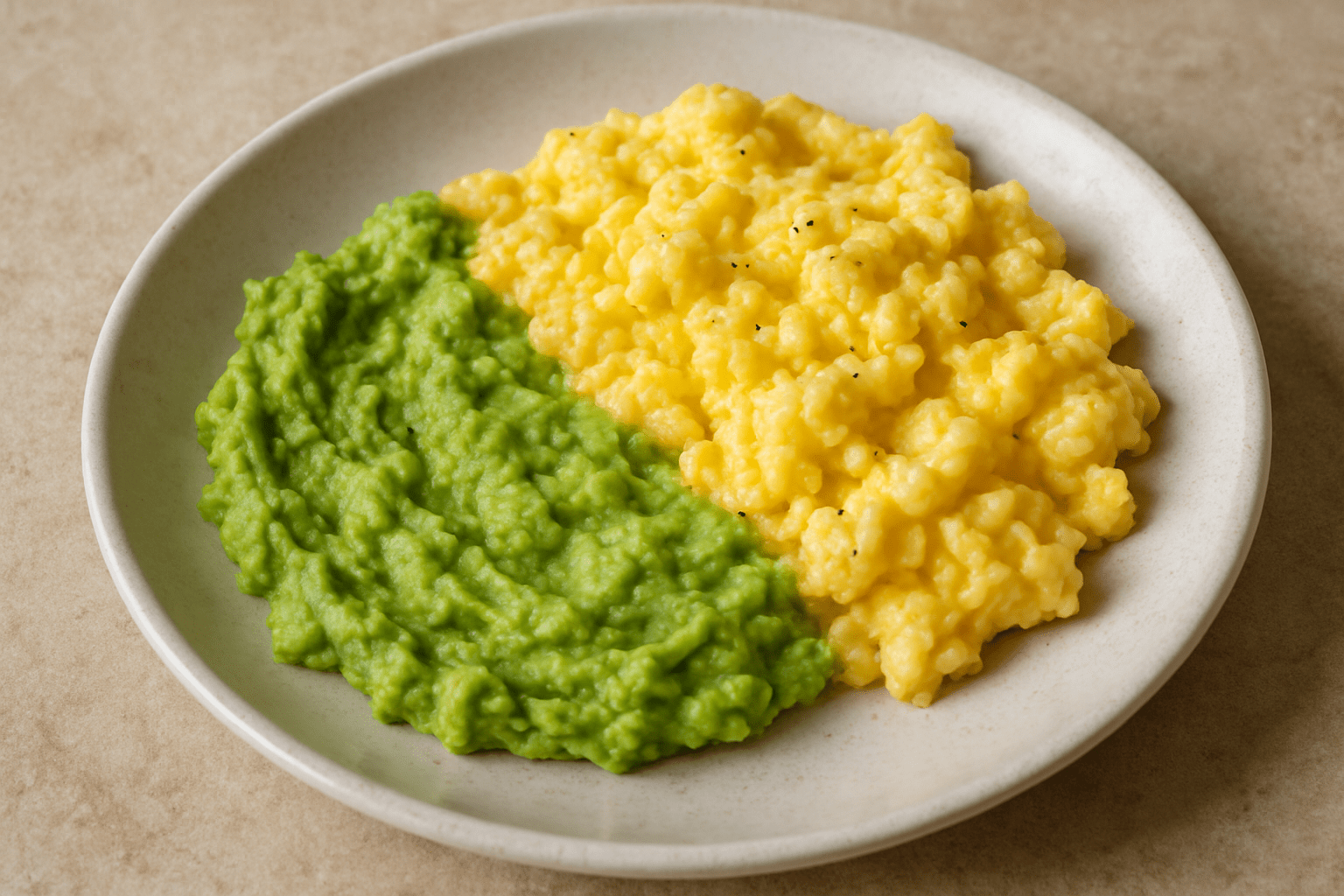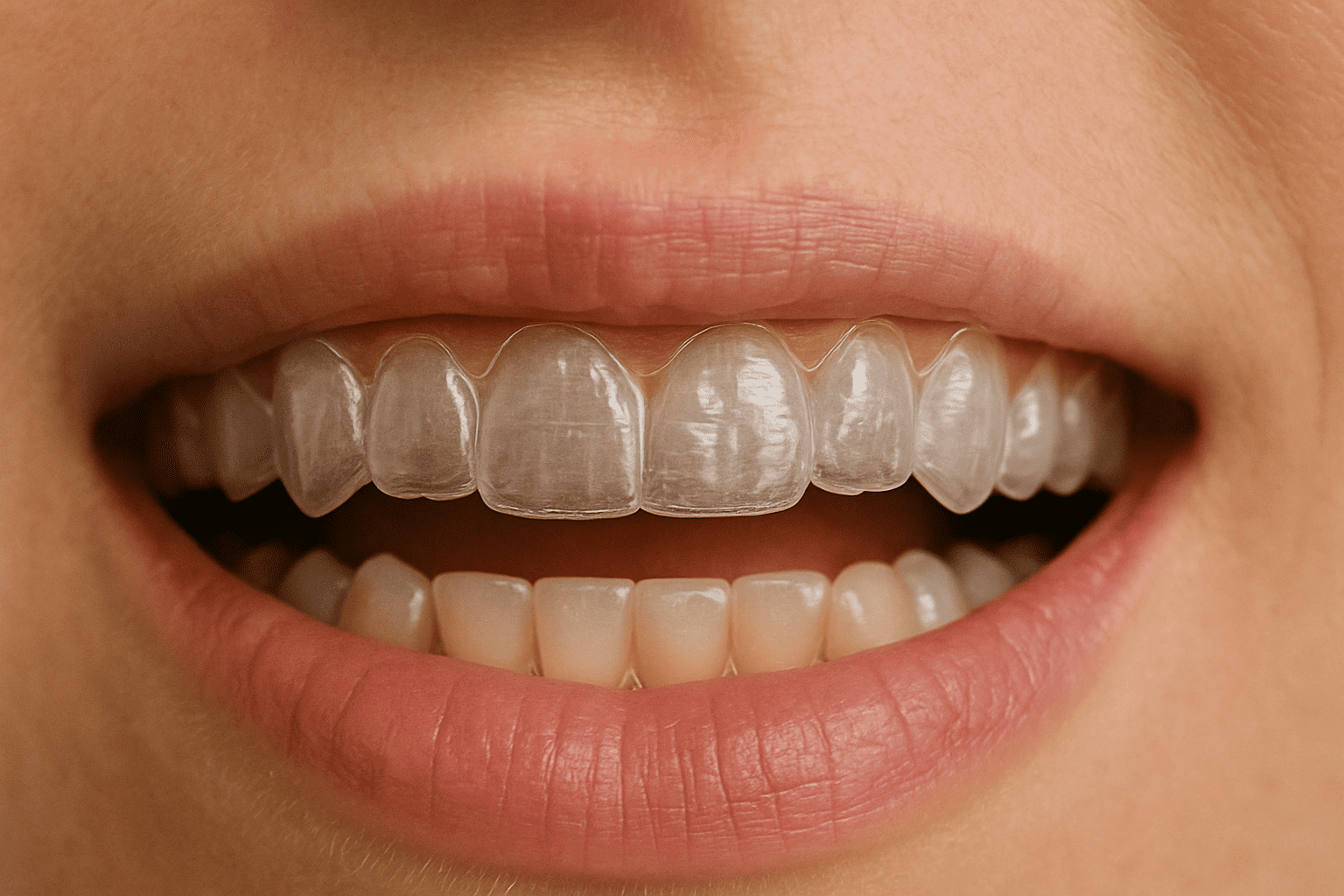What to Eat After Oral Surgery With Stitches: Your Complete Recovery Guide
Recovering from oral surgery? We’ll cover what to eat, foods to avoid, and meal ideas to stay nourished and speed healing comfortably.

Having oral surgery can feel overwhelming, especially when you're wondering what you can safely eat while your mouth heals. The good news? With the right food choices, you can stay nourished, comfortable, and support your body's natural healing process.
Your diet plays a bigger role in recovery than you might think. The foods you choose can either help protect your stitches and reduce swelling, or potentially cause complications that slow healing. This guide walks you through exactly what to eat (and avoid) during each stage of recovery, plus practical meal ideas to keep you satisfied while you heal.
Why Your Diet Matters After Surgery
When you have oral surgery, your mouth creates a wound that needs time to heal properly. A soft food diet isn't just about comfort; it's about protecting the delicate healing process happening in your mouth.
Here's what happens when you eat the right foods:
- Protects blood clots: These clots form naturally and are essential for the healing process. Hard or crunchy foods can dislodge them
- Reduces inflammation: Cool, soft foods help minimize swelling and discomfort
- Prevents infection: Avoiding foods that can get stuck in wounds reduces bacteria buildup
- Supports tissue repair: Nutrient-rich soft foods provide the building blocks your body needs to heal
The science is clear: patients who follow proper dietary guidelines typically experience faster healing, less pain, and fewer complications.
The First 24-48 Hours: Go Slow and Stay Cool
The first two days are the most critical for your recovery. Your mouth is still numb, swelling is setting in, and the surgical site is at its most vulnerable.
When to Start Eating
Wait until the numbness from the anesthesia has worn off before eating anything besides water. This typically takes 1-2 hours, but the duration can vary. Eating while numb risks biting your cheek or tongue.
Start with small sips of cool water once any bleeding has slowed. After 2-3 hours, you can begin with very soft foods.
Safe First Foods
Your best options during this phase:
- Applesauce - smooth texture, easy to swallow
- Pudding - provides calories and protein
- Plain yogurt - offers beneficial probiotics
- Smoothies - packed with nutrients (use a spoon, never a straw)
- Cool, clear broths - hydrating and soothing
- Mashed bananas - soft and naturally sweet
Critical Rules to Follow
- Never use straws - the suction can dislodge blood clots and cause dry socket, a painful complication that significantly delays healing.
- Avoid the surgical side - don't chew on the side where you had surgery.
- Keep foods cool - storing them at room temperature or slightly cool helps reduce swelling. Hot foods can increase bleeding and discomfort.
- Pro tip: Ice cream and frozen yogurt (without chunks) can actually help with swelling relief, making them both therapeutic and satisfying.
Pro tip: Ice cream and frozen yogurt (without chunks) can actually help with swelling relief, making them both therapeutic and satisfying.

Days 2-7: The Soft Food Phase
As swelling peaks around days 2-3, your focus shifts to maintaining a balanced diet while keeping everything gentle on your healing tissues.
Expanding Your Options
Now you can include:
- Mashed potatoes with butter or cream for extra calories
- Scrambled eggs - an excellent source of healing protein
- Oatmeal or cream of wheat - cook until very soft
- Cottage cheese - high in protein and calcium
- Protein shakes - essential if your appetite is low (remember: spoon only, no straws)

Hydration Strategies
Staying hydrated is crucial for healing, but avoid:
- Carbonated drinks (bubbles can irritate)
- Citrus juices (too acidic for sensitive tissues)
- Very hot or very cold beverages
Stick to water, diluted fruit juices, and lukewarm herbal teas.
When to Reintroduce Semi-Solids
Around day 5-7, if you're feeling comfortable, you can try:
- Soft pasta (cook it extra tender)
- Well-cooked rice
- Steamed vegetables (mashed or pureed)
- Soft fish like salmon
Listen to your body. If something causes pain or discomfort, go back to softer options for another day or two.
Foods and Habits to Avoid
Some foods can seriously interfere with healing or cause complications. Here's what to skip and why:
Hard and Crunchy Foods
- Avoid: Chips, nuts, popcorn, crackers, raw vegetables, crusty bread
- Why: These can injure the surgical site, get lodged in wounds, or put pressure on stitches
Sticky and Chewy Foods
- Avoid: Caramel, gummy candies, bagels, tough meats
- Why: Can pull on stitches or get stuck in healing areas
Spicy and Acidic Foods
- Avoid: Hot sauce, citrus fruits, tomato sauce, vinegar-based dressings
- Why: Causes burning and irritation to sensitive tissues
Temperature Extremes
- Avoid: Piping hot soups, ice-cold drinks
- Why: Can cause pain and interfere with the healing process
Substances That Slow Healing
Avoid for at least 48 hours:
- Alcohol (interferes with medications and healing)
- Caffeine in excess (can increase bleeding)
- Tobacco products (significantly delays healing and increases infection risk)
Supporting Healing Naturally
Your body needs specific nutrients to repair tissues and fight off potential infections. Focus on incorporating these healing powerhouses:
Protein for Tissue Repair
Your body uses protein to build new tissue. Aim for:
- Eggs (scrambled or soft-boiled)
- Greek yogurt
- Protein shakes
- Soft tofu
- Well-cooked fish
Target: About 20-25 grams of protein per meal if possible.
Vitamin C for Collagen Formation
This vitamin is essential for wound healing:
- Mashed berries (strawberries, blueberries)
- Applesauce
- Smooth mango puree
- Steamed broccoli (pureed)
Zinc for Faster Wound Closure
Found in:
- Yogurt
- Mashed beans or lentils
- Ground meats (when you can tolerate them)
- Oatmeal
Anti-Inflammatory Foods
These can help reduce swelling:
- Mashed avocado (rich in healthy fats)
- Pureed sweet potato
- Blended spinach (add to smoothies)
Temperature tip: Keep everything cool to lukewarm. Heat can increase inflammation and discomfort.

Hygiene and Eating Tips
Proper oral care during recovery prevents infection and promotes healing.
Cleaning After Meals
- First 24 hours: Don't rinse or spit forcefully. Let saliva drool out naturally.
- After 24 hours: Gently rinse with warm salt water (¼ teaspoon salt per cup of warm water) after eating. This removes food particles without disrupting healing.
- After 48 hours: You can brush gently around the surgical area with a soft-bristled toothbrush.
Smart Eating Strategies
- Eat on the opposite side of your mouth from the surgery
- Take small bites and chew slowly
- Cut everything into tiny pieces to minimize chewing
- Eat frequently - small, regular meals maintain energy without overwhelming your mouth
Managing Meal Prep
- Prepare meals in advance when possible
- Use a blender to achieve the right consistency
- Cook everything extra soft - overcook rather than undercook
- Keep ice packs handy for external swelling relief
Signs of Proper Healing
You're on track when you notice:
- Swelling gradually decreasing after day 3
- Less pain each day
- No persistent bleeding
- No foul odor or taste
When to Call Your Dentist
Contact us immediately if you experience:
- Severe pain that worsens instead of improving
- Heavy bleeding that doesn't stop
- Signs of infection (fever, pus, bad smell)
- Stitches that come loose
- Persistent numbness beyond the expected timeframe
Comforting Meal Ideas for Each Stage
Eating the same foods repeatedly gets boring fast. Here are satisfying options that still protect your healing mouth:
Early Recovery (Days 1-3)
- Creamy butternut squash soup (cooled to lukewarm)
- Vanilla protein smoothie with mashed banana
- Greek yogurt parfait with applesauce layers
- Smooth hummus with very soft pita (soaked in broth)
Mid-Recovery (Days 4-6)
- Scrambled eggs with mashed avocado
- Risotto with parmesan (cook until very creamy)
- Mashed sweet potato with a touch of cinnamon
- Soft fish with pureed vegetables
Later Recovery (Days 7+)
- Tender pasta with cream sauce
- Well-cooked chicken shredded into small pieces
- Soft pancakes with syrup
- Baked potato (flesh only, no skin)
Dairy-Free and Vegan Options
- Coconut milk yogurt with pureed fruit
- Silken tofu smoothies with plant-based protein powder
- Mashed chickpeas with tahini
- Oat milk pudding with vanilla extract
Making It Interesting
- Add mild herbs: Fresh basil or parsley can brighten flavors without irritation
- Play with textures: Vary the thickness of purees and smoothies
- Use natural sweeteners: Honey or maple syrup can make bland foods more appealing
- Focus on colors: Bright pureed vegetables make meals more visually appealing

Nutritional Considerations for Faster Healing
Your body's healing process demands more nutrients than usual. Here's how to optimize your nutrition within the constraints of a soft diet:
Daily Nutrition Goals
- Protein: 1.2-2 grams per kilogram of body weight
- Calories: Don't restrict - your body needs energy to heal
- Hydration: 8-10 glasses of water daily (sipped slowly)
- Vitamins: Focus on C, A, and zinc-rich foods
Meal Timing
Eat every 2-3 hours rather than trying to force large meals. Small, frequent meals:
- Maintain steady energy levels
- Reduce strain on your mouth
- Help maintain blood sugar stability
- Make it easier to meet nutritional needs
Conclusion
Recovery from oral surgery doesn't have to mean suffering through bland, unsatisfying meals. With careful planning and the right food choices, you can stay well-nourished while giving your mouth the gentle care it needs to heal properly.






